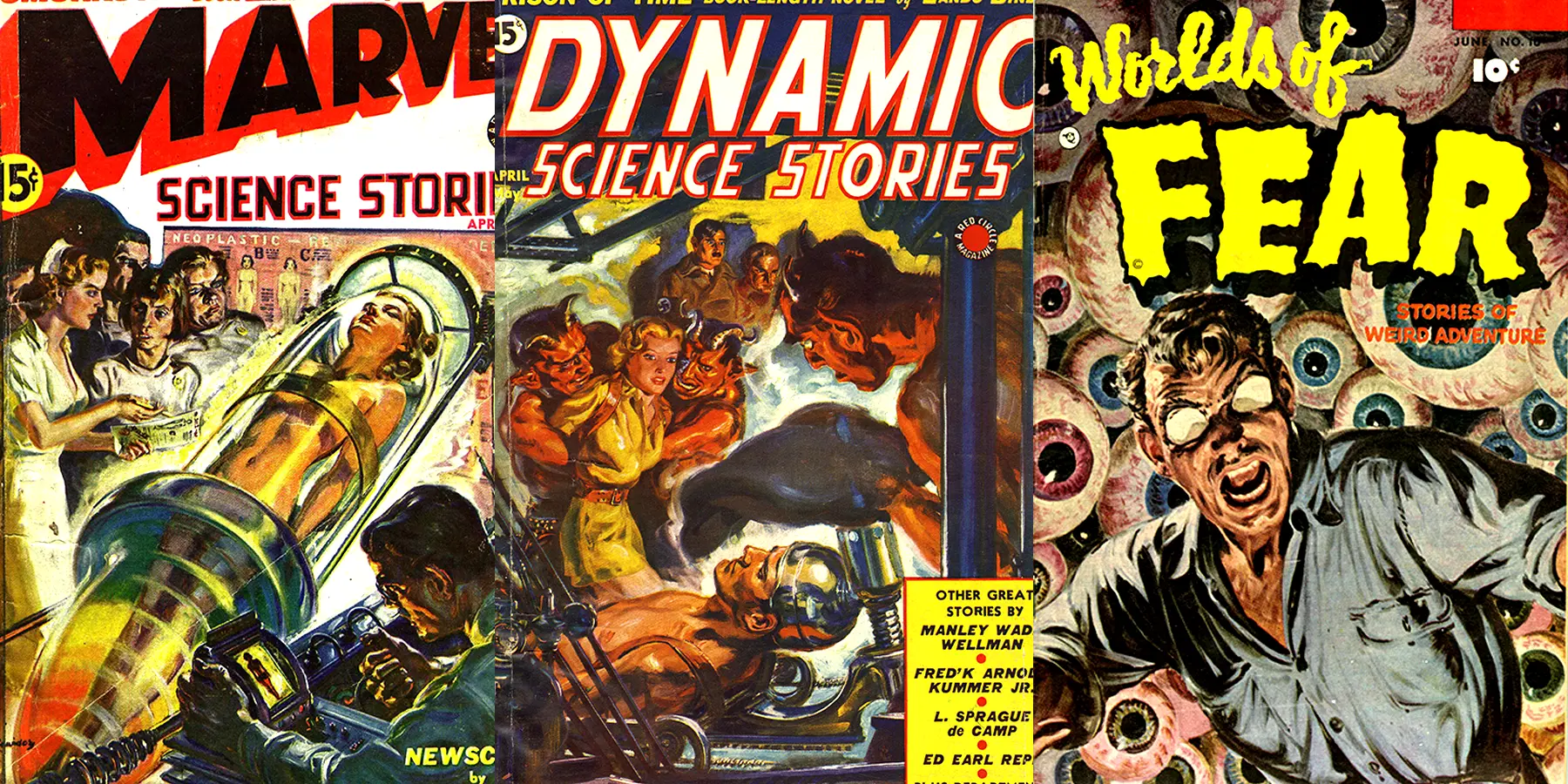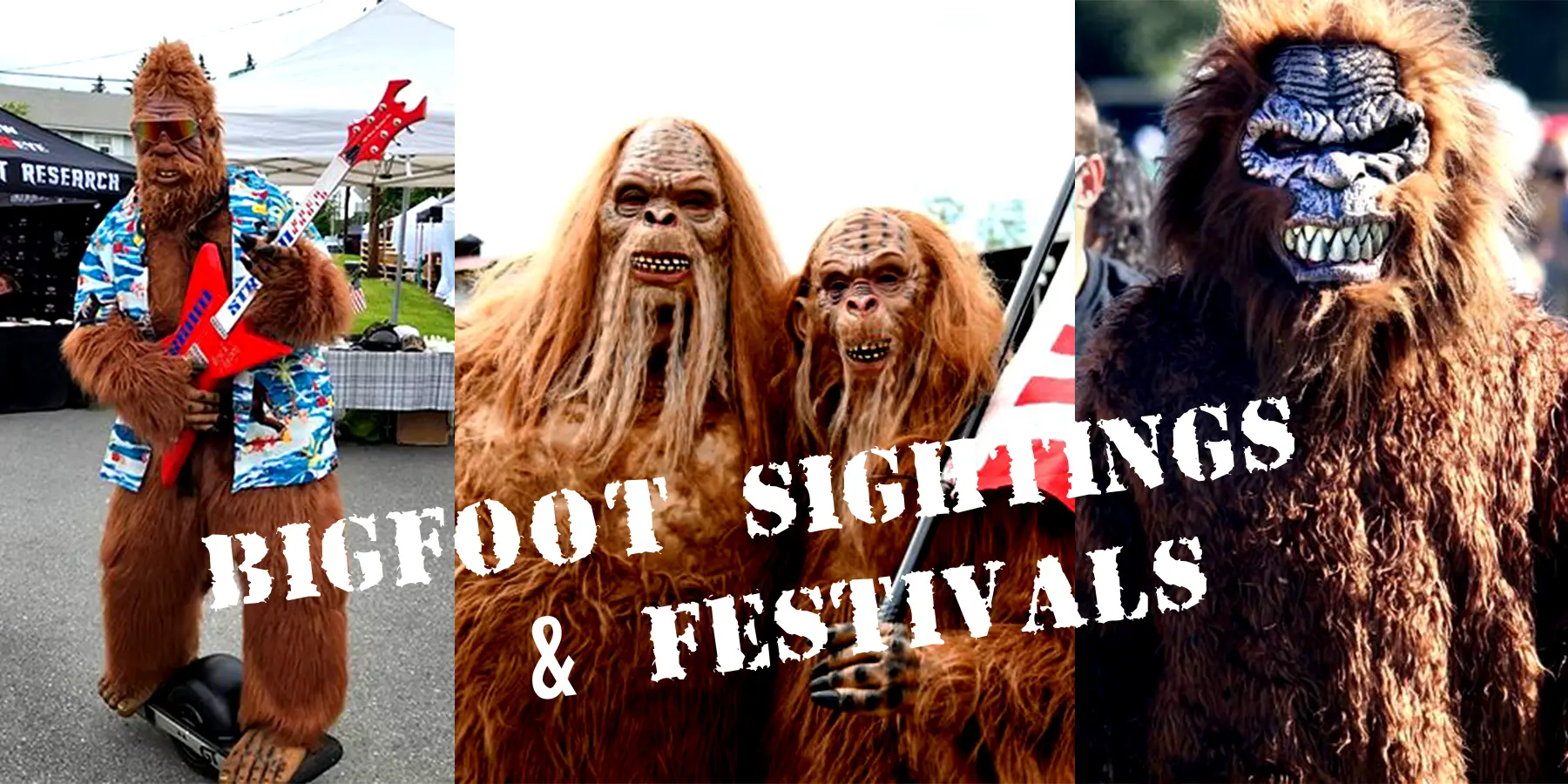Zombie movies may be a universal genre, but American and European filmmakers have taken distinct approaches to portraying the undead. While American zombie films often lean into action and survival horror, European counterparts tend to explore philosophical and psychological themes. This cultural divergence reflects unique perspectives on fear, society, and the human condition. Let’s dive into the differences, iconic films, and notable directors that define each tradition.
Key Differences Between American and European Zombie Movies
American Zombie Movies: Survival, Social Commentary, and Action-Packed Horror
American zombie films are famous for their focus on survival horror, often set in familiar suburban or rural locations where groups of survivors must fend off the undead. These films tend to emphasize large-scale disaster scenarios, making the genre a favorite among action-horror fans.
- Themes of Survival and Community: American zombie films frequently center on small groups facing isolation and the need for survival, showcasing the tension between individualism and community.
- Consumerism and Social Critique: In the United States, zombie cinema often serves as a critique of consumerism and societal decay. George A. Romero’s Dawn of the Dead (1978), set in a shopping mall, epitomizes this trend by casting zombies as mindless consumers.
- Slow vs. Fast Zombies: While Romero popularized the slow, shambling zombie, American films have also embraced fast zombies, as seen in 28 Days Later (UK-based but influential in the U.S.) and World War Z (2013), which emphasize the physical threat of the undead.
- Big Budget and Special Effects: Hollywood’s influence is evident in American zombie movies, which often feature larger budgets, special effects, and gore-heavy visuals to enhance the horror spectacle.
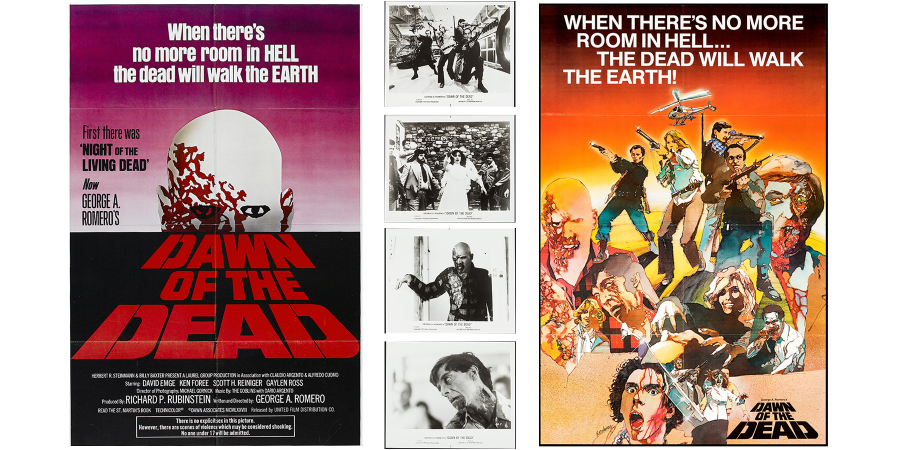
European Zombie Movies: Psychological Depth, Artistry, and Bleak Endings
European zombie movies are known for their psychological and philosophical elements, often delving into themes of existential dread, societal control, and moral ambiguity. Unlike their American counterparts, these films emphasize mood, atmosphere, and often have darker, more nihilistic conclusions.
- Existential and Psychological Horror: European zombie films frequently explore the human psyche and ethical dilemmas. Instead of simply escaping zombies, characters may grapple with their own mortality and morality.
- Artistic Approach and Pacing: With slower pacing and experimental narratives, European films like The Beyond (1981) by Lucio Fulci are more atmospheric, prioritizing mood over action. These movies often contain surreal visuals, blending horror with metaphor.
- Political Allegory: European films often tackle political themes, such as the dangers of authoritarianism and social collapse. In 28 Days Later (2002), for instance, the zombie apocalypse becomes a stage for exploring human regression and the effects of unchecked militarism.
- Bleak Endings: European zombie films are more likely to have dark, ambiguous, or hopeless conclusions, contrasting with the sometimes heroic tones of American zombie cinema.
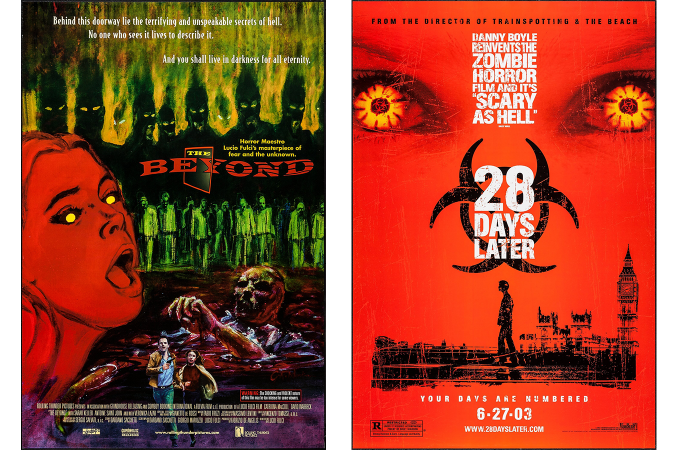
Iconic Zombie Movies from the U.S. and Europe
American Classics
- Night of the Living Dead (1968)
- Director: George A. Romero
- Location: Evans City, Pennsylvania, USA
- Plot: A group of people takes refuge in a farmhouse as the undead close in.
- Significance: Often credited with defining the modern zombie genre, this film tackles race and societal tension.
- Dawn of the Dead (1978)
- Director: George A. Romero
- Location: Monroeville Mall, Pennsylvania, USA
- Plot: Survivors of a zombie outbreak find shelter in a mall.
- Significance: With its scathing critique of consumer culture, Dawn of the Dead is a foundational American zombie film that combines horror with social commentary.
- World War Z (2013)
- Director: Marc Forster
- Location: Multiple locations worldwide, including Philadelphia, USA
- Plot: A global pandemic causes people to turn into fast-moving zombies.
- Significance: This big-budget Hollywood film emphasized the scale of a zombie apocalypse, featuring stunning visual effects and intense action sequences.
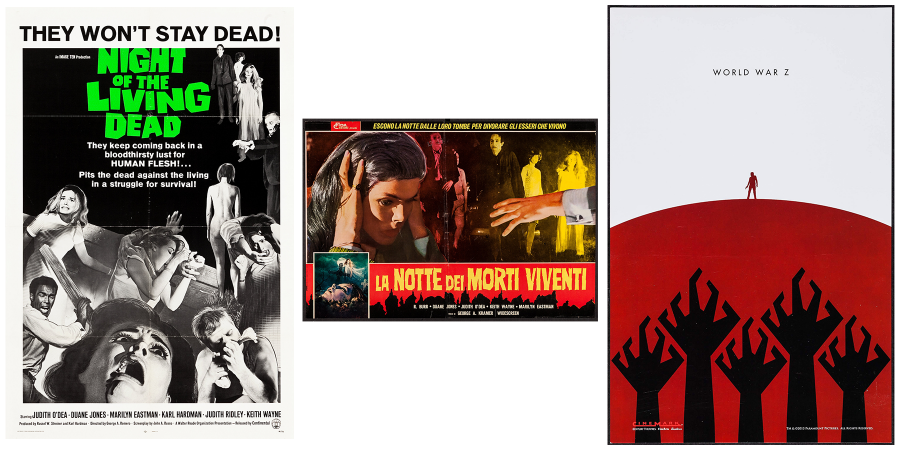
European Gems
- 28 Days Later (2002) (UK)
- Director: Danny Boyle
- Location: London, UK
- Plot: A man awakens from a coma to find England overrun by a zombie-like virus.
- Significance: Known for its bleak tone, fast zombies, and psychological focus, this British film broke new ground for the genre.
- REC (2007) (Spain)
- Directors: Jaume Balagueró, Paco Plaza
- Location: Barcelona, Spain
- Plot: A TV reporter and her crew are trapped in a quarantined apartment building.
- Significance: This found-footage horror focuses on claustrophobia and realism, creating a terrifying sense of immediacy.
- The Beyond (1981) (Italy)
- Director: Lucio Fulci
- Location: New Orleans, USA; Rome, Italy
- Plot: A woman inherits a hotel built over a portal to Hell, unleashing the undead.
- Significance: Fulci’s masterpiece blends horror with surrealism, using dreamlike visuals and extreme gore to craft a unique take on the genre.
Why Were Some Zombie Films Partially Shot in the U.S.?
Several European zombie films included scenes shot in the United States for a few key reasons:
- Market Appeal: Shooting parts of the film in the U.S. increased the appeal for American audiences, tapping into a major horror market.
- Tax Incentives: Some states offered tax breaks that incentivized foreign productions to shoot locally, lowering costs for European filmmakers.
- Authenticity: American landscapes provide authentic apocalyptic backdrops, from rural decay to sprawling urban environments, adding realism to the horror.
For example, Lucio Fulci’s The Beyond used New Orleans as a gothic, atmospheric setting, which contributed to the film’s eerie, otherworldly tone while appealing to an international audience.
Injuries on Zombie Movie Sets: When Horror Gets Real
Zombie movie sets can be physically demanding, especially when stunts, special effects, and large numbers of extras are involved. Here are a few instances of real-life injuries on zombie film sets:
- World War Z (2013)
- During a chaotic scene in Glasgow, extras dressed as zombies sustained minor injuries from falls while running through uneven surfaces.
- Resident Evil: The Final Chapter (2016)
- Stuntwoman Olivia Jackson suffered life-threatening injuries in a motorcycle accident, resulting in the amputation of her arm. Though not directly related to zombies, it underscored the risks of stunt work in action-heavy films.
- The Walking Dead (TV Series)
- On the set of this hit series, stuntman John Bernecker tragically died after a fall during a stunt scene involving zombies, leading to stricter safety protocols across the industry.
Conclusion: Two Takes on the Undead
American and European zombie films offer two distinct approaches to portraying the undead apocalypse. American films emphasize survival and social commentary with high-energy action, while European films delve into the philosophical and psychological, often favoring artistry and nihilism. Together, these traditions highlight the versatility of the zombie genre and its power to reflect cultural fears and anxieties. Whether you prefer the pulse-pounding chaos of American zombies or the atmospheric dread of European undead, both styles offer unforgettable takes on the horror of the human condition.


